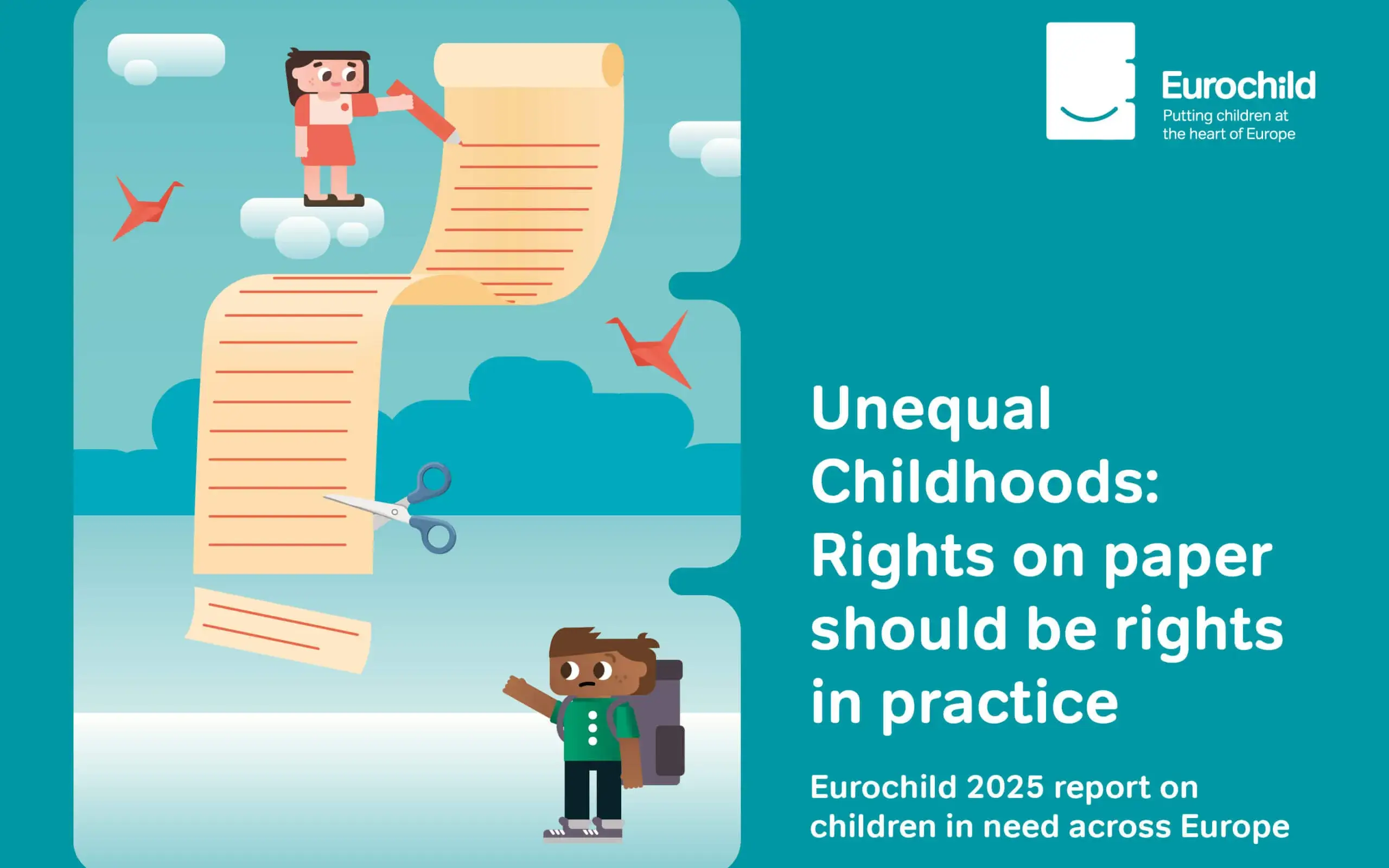The European Commission's services have published the 2021 edition of the Employment and Social Developments in Europe (ESDE) review.
The European Commission has published the annual Employment and Social Developments in Europe review that shows up-to-date economic analysis of employment and social trends in Europe and discusses related policy options.
The ESDE review shows that the social impact of the COVID-19 crisis has been diverse in Europe and highlighted some findings:
- Employment grew in jobs that are critical, can be carried out from home and require low social interaction. It is the case of insurance, computer programming and telecommunications sectors. Jobs that cannot be carried out from home, have suffered a drop in employment, with the exception of frontline jobs like doctors, nurses and personal care.
- The geographical impact of the COVID-19 crisis has been uneven and may widen regional inequalities that already existed before the pandemic. Job losses were five times greater in rural areas than in cities.
- The regions that proved to be more resilient to the shock of COVID-19 tend to share characteristics such as high regional productivity, high level of skilled population levels, big investment in research and development, quality local public institutions and solid digital infrastructure.
- The impact of the crisis on national social dialogue and collective bargaining varied across EU countries. Countries with strong social dialogue institutions favoured the early involvement of social partners in designing and deploying response measures such as short-time work schemes.
- The decline in the EU employment rate was slightly higher for men than for women. However, the effect of the crisis on gender inequalities depends on various dimensions, and the pandemic highlighted long-standing gender inequalities. Women experienced a steeper fall in working hours than men in the second quarter of 2020 since some sectors characterised by high female employment (e.g. accommodation and food service activities) were strongly impacted by lockdowns.
- Teleworkers are satisfied with working from home when they receive the IT and other equipment they need to do their work, when they do not have to work considerably longer hours and when work does not interfere with family time.







Add new comment